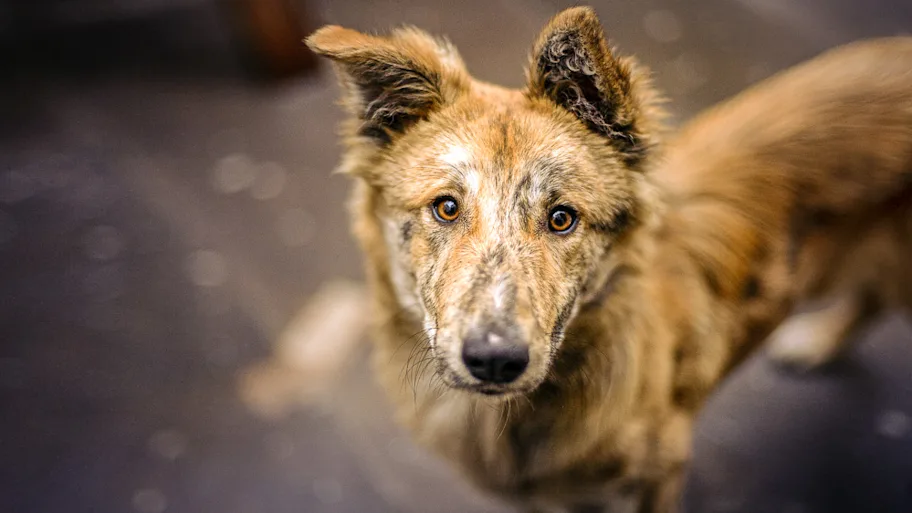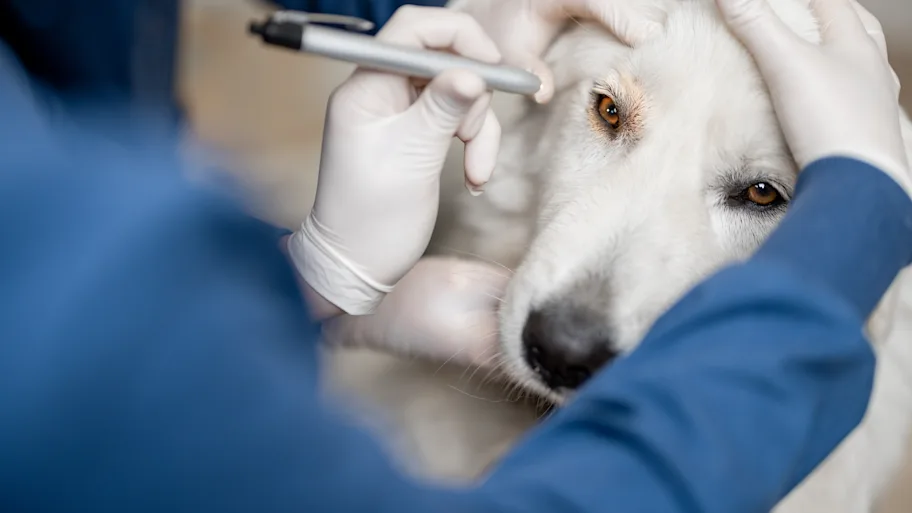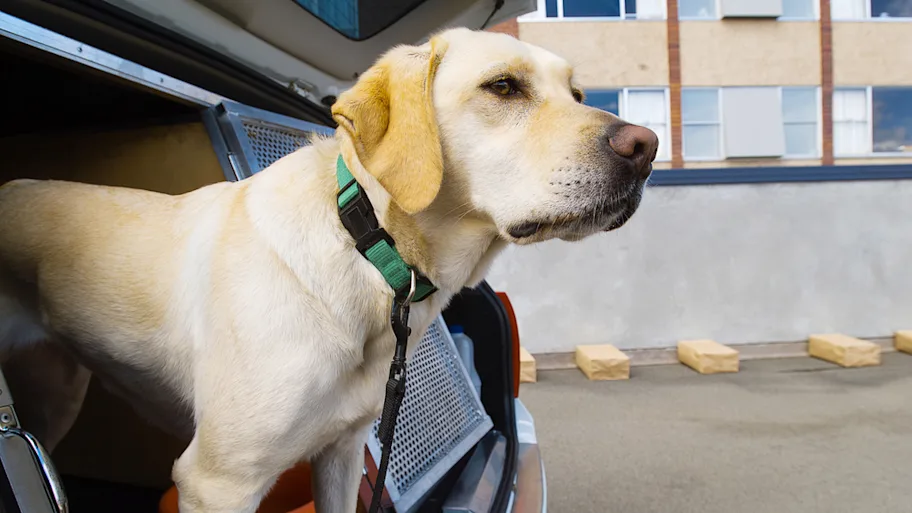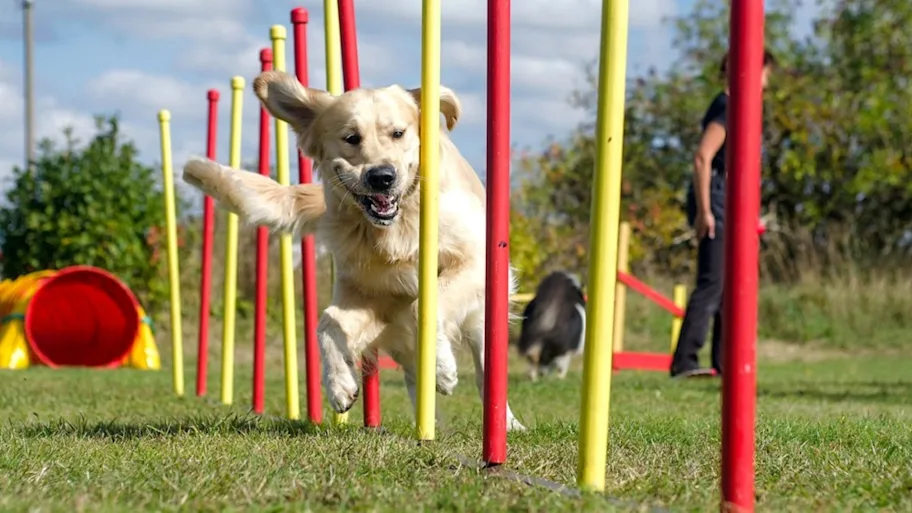
- Science news
- Life sciences
- Sniffer dogs tested in real-world scenarios reveal need for wider access to explosives, study finds
Sniffer dogs tested in real-world scenarios reveal need for wider access to explosives, study finds
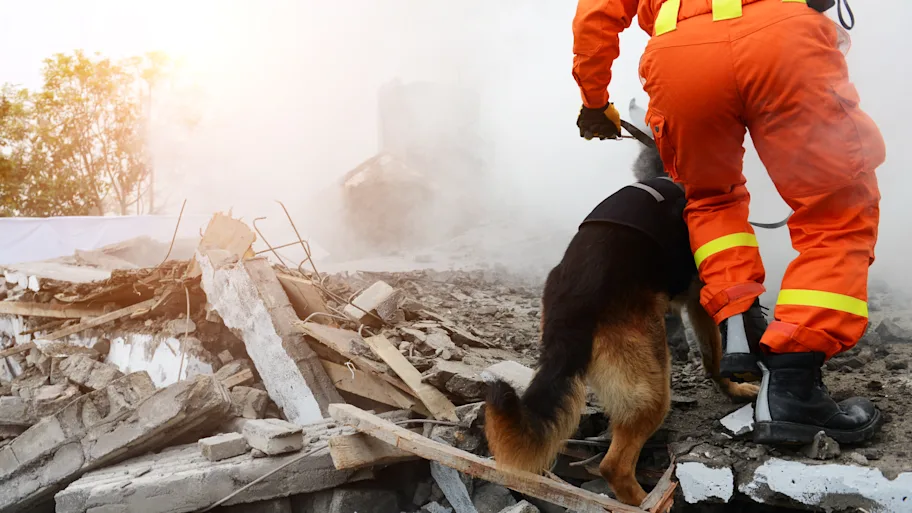
In 2009, the US National Research Council called on law enforcement personnel to standardize the collection and analysis of forensic evidence. Here, scientists tested whether the latest training standard for canine detection of explosives is predictive of real-world performance. They tested 56 teams over 19 trials, including both standardized assessments and real-world scenarios. Performance in both types of trials was correlated, validating the new standard. However, the trials proved difficult: none of the teams currently met the officially required benchmarks. The authors recommend that canine teams should have access to a wider range of explosives for training to improve compliance.
Dogs aren’t just our best friends, they’re also key allies in the fight against terrorism. Thousands of teams of explosive detection dogs and their handlers work 24/7 at airports, transit systems, cargo facilities, and public events around the globe to keep us safe. But canine detection is an art as well as a science: success depends not only on the skill of both dog and human, but also on their bond, and may vary with their physiological state and environmental conditions. Practices are often passed down informally between handlers, which can further hamper the consistency of performance across teams.
To remedy this, the American Academy of Forensic Science Academy Standard Board (ASB) published a new US standard in 2021. Titled ‘Standard 092 for training and certification of canine detection of explosives’, this standard was added to the Organization of Scientific Area Committees for Forensic Science (OSAC) registry in 2022.
But does it deliver on its promise? That’s what a team of researchers from the US set to found out. They published their findings in Frontiers in Veterinary Science.
“Here we show that the performance of canine teams in the new official assessment is indeed informative, in that it may predict their performance in real-world scenarios,” said Dr Lauryn E DeGreeff, an associate professor at the Global Forensic and Justice Center of Florida International University.
“However, we also show that passing the assessments is still challenging, and we have recommendations for improving training to make it easier to meet the benchmark.”
Working like a dog
Between July 2024 and May 2025, DeGreeff et al. put 56 canine/handler teams through their paces at an undisclosed office building, university, and prison in the southwestern, southeastern, and western US. The dogs were females and males between two and 10 years old from eight different breeds, including German shepherds, Malinois, Labradors, and German shorthair pointers. Each dog/handler team was tested over two days in up to 19 trials, including official ‘standard 092’ assessments and real-world scenarios. Six types of explosives were tested, either separately or in combination.
An example of the first challenge was to detect a 115g of explosive inside an odor-permeable jar inside a room, with identical jars containing air (a ‘blank’) and steak seasoning, hair conditioner, and coffee grounds (‘distractors’). One real-world scenario was the search of a vehicle, where 115g of another explosive and 61cm of fuse wrapped in plastic had to be found amidst empty wraps and wrapped Play-Doh.
Read and download original article
Performance in the ‘standard 092’ assessments and real-world scenarios was correlated: teams who did well on the first tended to do well on the second, and vice versa. This, the first step in successfully validating the new standard, shows that these assessments measure meaningful aspects of performance, which can be extrapolated to the wider world.
However, the trials proved very challenging for the teams, and none currently met the official OSAC requirement of successfully detecting 90% of the explosives with a false alert rate below 10%. Performance depended on region, day of the trials, and the kind of explosive tested, and was highly variable across teams. The eight best-performing teams achieved a detection rate of 79% to 86%, with a false alert rate of 7% to 14%.
One assessment that proved particularly hard were parcel searches, where teams had to locate two explosives hidden in a line-up of 10 boxes, as per the standard 092 assessments. The dogs also found it more difficult when boxes had been taped closed than when they were only folded shut. They showed the highest rate of false alerts when sharpies and anti-static bags were used as distractors.
Old dogs learning new tricks
“We found that limited access to explosive training materials and training opportunities were the primary challenges for the teams and largely explained the geographic variation seen in the data,” said Dr Paola A Prada-Tiedemann, the second corresponding author and an associate professor at Texas Tech University.
Many handlers expressed their enthusiasm about participating as it let them work with explosive materials and search scenarios to which they did not regularly have access.
“The trial helped Gimmy and I understand more about us and provide a good training/trial to see where we are as a team,” said Geoff, the handler of English Labrador Gimmy.
Toni, the handler of German shepherd Odin, added: “It's always a valuable experience for both me and my dog to train in new locations, encounter new odors, and work in different contexts. I also appreciate the opportunity to support the scientific community in advancing research that benefits the K9 community.”
And as for the good girls and boys themselves: as the rightful stars of the study, they received a well-deserved special treat: for example, a fun tennis ball with rope for Gimmy, and a red Kong toy for Odin.
REPUBLISHING GUIDELINES: Open access and sharing research is part of Frontiers’ mission. Unless otherwise noted, you can republish articles posted in the Frontiers news site — as long as you include a link back to the original research. Selling the articles is not allowed.
